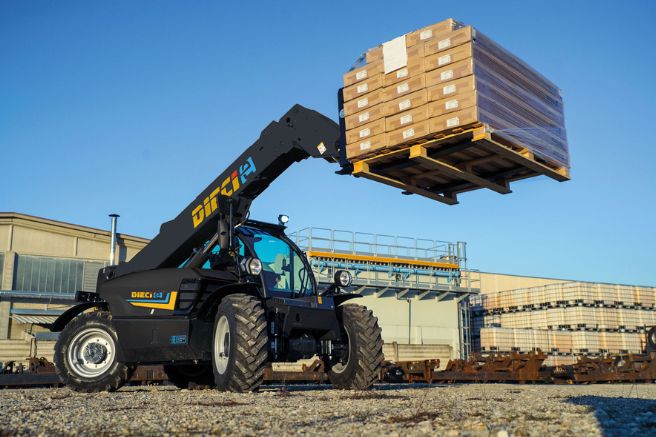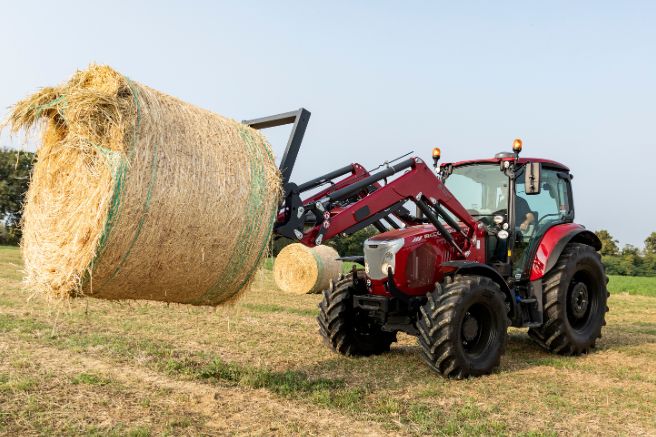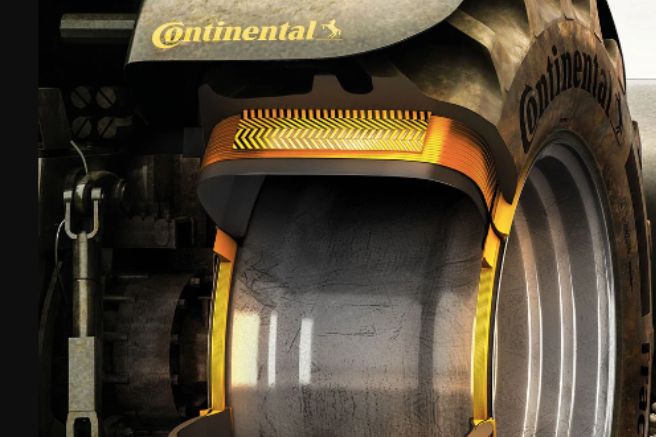MaterMacc hoes offer a wide range of working tools to meet the various operational needs they are designed for, as well as the different field conditions in which they must perform
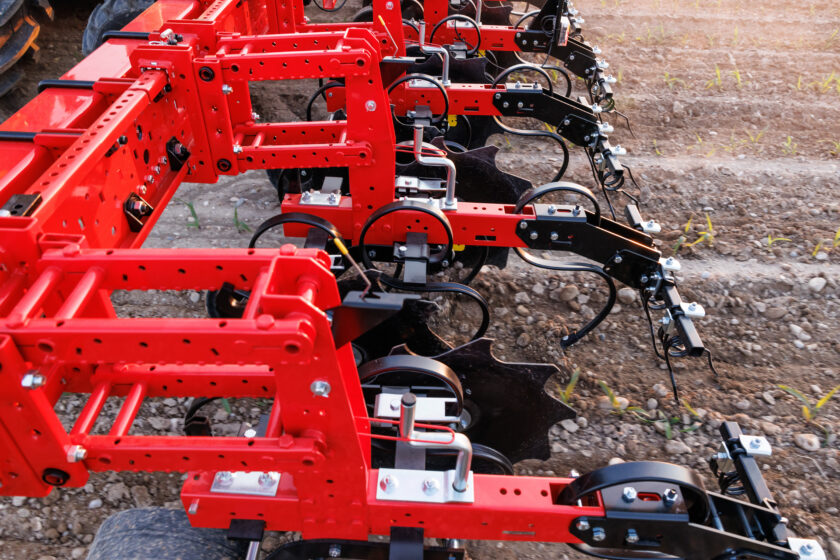
Until the mid-20th century, when synthetic herbicides were not yet available, mechanical or manual weeding was the only option for crop protection. However, this was a slow and labor-intensive task due to the limited technology of the time. After decades of near-total dominance by chemical herbicides, the balance between chemical and mechanical weeding techniques is shifting again due to two main factors.
The first is the reduction in the number of herbicides permitted for use, a result of European regulatory revisions. This has also led to an increase in herbicide-resistant weed populations, due to the limited modes of action of the remaining products. At the same time, mechanical weeding has seen major technological advancements, allowing for faster and more effective weed control.
For these reasons, the mechanical approach to weed management is regaining ground in farming practices, also helping to combat the issue of resistance. The action against weeds is physical rather than chemical, and no plant can resist a tool that pulls it from the ground.
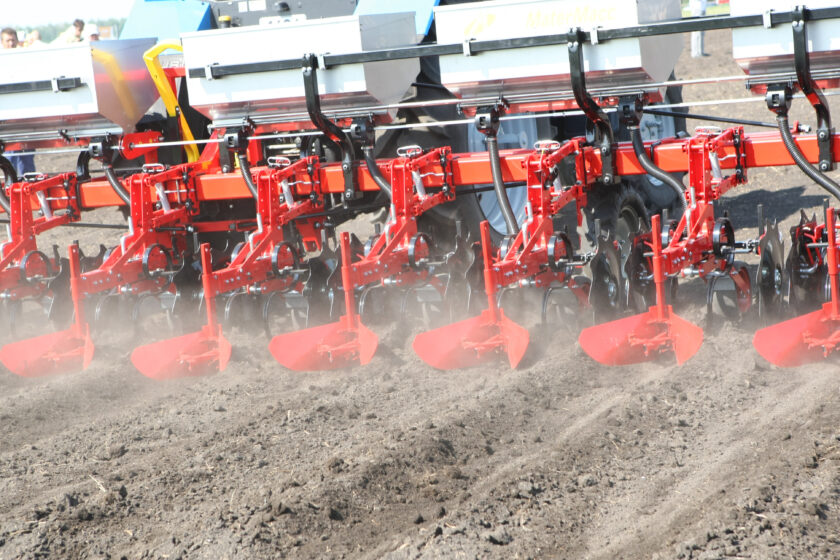
However, each crop and each farm has specific needs in terms of equipment, and choosing the right tools requires careful evaluation. In this regard, MaterMacc offers the “Unica” range of hoes, available in four series: the “F”, from three to eight rows; the “Pm”, with four or six rows; the “Super-L” with 16 rows; and the “Pvi”, with 12 rows and also available in the “Super” version.
This results in a wide array of available configurations, enhanced by the patented “Easy-Set” system, which allows quick adjustment of row spacing, thus expanding the operational range of the hoes to include crops with non-standard planting layouts.
The catalog of tools is also extensive, featuring a variety of very different working elements. For example, the toothed element is recommended for very hard soils, as it can also break through tough surface crusts. When a lighter, more precise weeding is needed, the version with hoes and smooth-profile discs is more suitable.
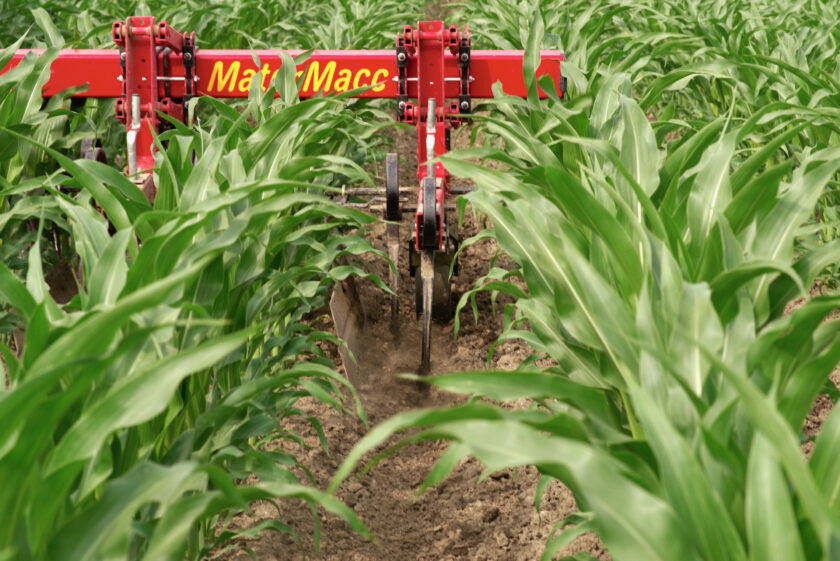
The discs can also be serrated and arranged in pairs to perform crust-breaking action that reaches the base of the plants—provided the plants do not have dense leaf biomass at ground level. Maximum protection in this regard is offered by side shields with oscillating barriers that prevent loose soil from covering newly sprouted plants.
Conversely, for later-stage weeding, adjustable moldboard ridgers are more suitable, as they direct soil along the rows, effectively burying any newly germinated weeds between plants.
Additionally, for microgranular fertilizer or insecticide application, an inter-row coulter is available, mounted in alternating pairs (one element with, one without), enabling precise placement of the product along a designated line.
Finally, closing harrows are used to level the worked area and further expose weeds to the dehydrating effects of the sun.
Title: MaterMacc weeders, equipment for all field conditions
Translation with ChatGPT





